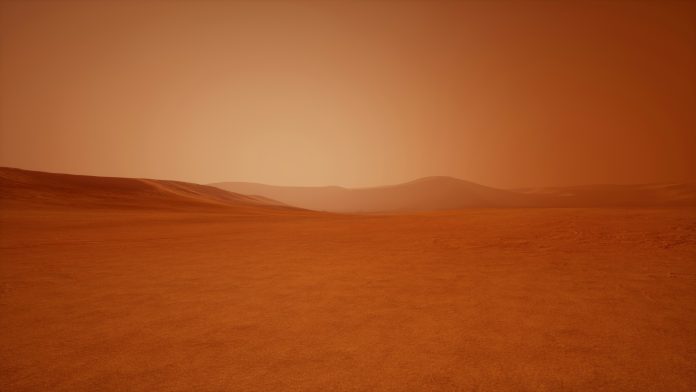
A surprising discovery shows that dust blown from the Sahara Desert plays a crucial role in supporting ocean life thousands of kilometers away.
This dust contains iron, a vital nutrient that is essential for processes like respiration, photosynthesis, and DNA synthesis in living organisms.
In many parts of today’s oceans, iron is in short supply, meaning that adding more iron can boost the growth of tiny plants called phytoplankton, which help absorb carbon dioxide and influence the global climate.
Iron can enter oceans through rivers, melting glaciers, hydrothermal activity, and especially wind. However, not all forms of iron are easily absorbed by living organisms.
The type of iron that organisms can use is called “bioreactive” iron.
A new study published in Frontiers in Marine Science reveals that the iron in Sahara dust becomes more bioreactive the farther it travels across the Atlantic Ocean.
This means that as the dust moves westward, chemical changes in the atmosphere make the iron more accessible to ocean life.
Tracking Sahara dust across the atlantic
Dr. Jeremy Owens, an associate professor at Florida State University, and his colleagues wanted to understand how this dust from the Sahara changes as it travels.
To do this, they analyzed drill cores from the bottom of the Atlantic Ocean, collected by the International Ocean Discovery Program (IODP). These cores contain layers of sediment that have built up over the last 120,000 years, providing a record of past environmental conditions.
The researchers selected four cores based on their distance from the Sahara-Sahel Dust Corridor, a region stretching from Mauritania to Chad that is known for producing large amounts of dust. Two of the cores were collected relatively close to the coast of northwestern Africa, about 200km and 500km west of Mauritania. The other two cores were collected much farther away: one from the mid-Atlantic and the other about 500km east of Florida.
The team measured the total amount of iron in these sediments, as well as the specific types of iron minerals present. They focused on identifying the amount of bioreactive iron that could dissolve easily in the ocean and be used by marine organisms.
Dust’s journey boosts ocean life
The results showed that the amount of bioreactive iron was lower in the sediments collected farther west. This suggests that as the dust traveled across the ocean, more of the bioreactive iron was used up by organisms in the water, so less of it made it to the seafloor. The farther the dust traveled, the more its iron content changed, making it easier for ocean life to absorb.
Dr. Timothy Lyons, a professor at the University of California at Riverside and the study’s final author, explains that this long-distance journey makes the iron more soluble and available to life.
By the time the dust reaches regions like the Amazon basin or the Bahamas, it is particularly rich in bioreactive iron, which can greatly impact the local ecosystems.
This study confirms that dust from the Sahara can have a major impact on life far from its source, providing essential nutrients that support ocean life and influence global environmental processes.
It’s a remarkable example of how interconnected our planet is, with tiny particles from one part of the world fueling life in another.



